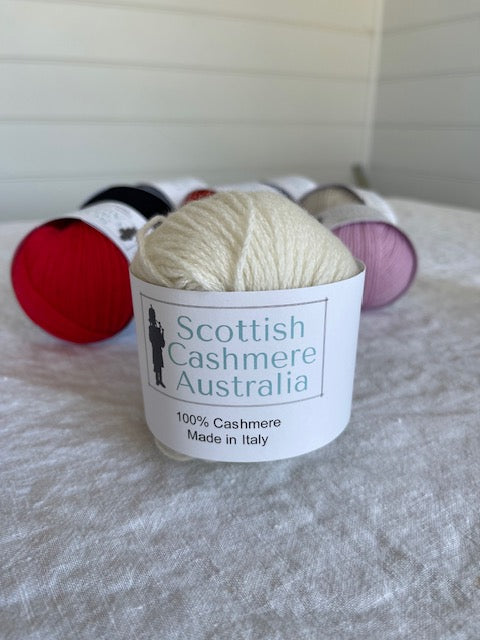What Is Cashmere and Why It’s Considered One of the Softest Fabrics in the World
What Is Cashmere and Why It’s Considered One of the Softest Fabrics in the World
Blog Article
Exploring the Different Kinds Of Cashmere a Natural Fiber for Ultimate Deluxe
Cashmere, a natural fiber, is often linked with deluxe and comfort. The more budget-friendly Chinese cashmere, the conventional Scottish variation, and the premium Italian blend, all inform a various tale of this exceptional fiber.
Recognizing the Glamorous Nature of Cashmere
Cashmere, usually related to luxury and comfort, holds an unique appeal in the world of natural fibers. This soft, light-weight product is fancied for its remarkable warmth and impressive sturdiness. Unlike various other natural fibers, cashmere combines insulation with breathability, providing unmatched comfort throughout differing temperature levels. Its glossy coating and soft texture add to its premium allure, warranting the costs rate that frequently includes cashmere garments. In addition, cashmere's intrinsic crease resistance and flexibility boost its desirability, making it a preferred selection for premium clothing and devices. In spite of its fragile look, cashmere has a surprising resilience, able to preserve its shape and elegant feel over time. This special blend of qualities cements cashmere's position as an icon of beauty and indulgence.
Just What Is Cashmere and Where Does It Come From?

Cashmere is obtained from the soft undercoat of cashmere goats, mostly located in Mongolia, China, Iran, and Afghanistan. This precise process contributes to the scarcity and high cost of cashmere. With its origin in the rough landscapes of Asia, cashmere is a testament to nature's capacity to produce luxury from difficulty.
Decoding the Different Types of Cashmere
Recognizing the different types of cashmere is crucial to valuing the quality and one-of-a-kind qualities of this lavish fabric. Generally, cashmere is categorized into 3 kinds: raw, virgin, and reused. Decoding these kinds is the very first action in recognizing the exclusivity and worth of cashmere.

The Special Features of Each Type of Cashmere
Having checked out the different classifications of cashmere, it becomes apparent that each kind flaunts its distinct collection of attributes. Mongolian cashmere, as an example, is renowned for its exceptional quality, due to Mongolia's extreme winters months that create longer and finer fibers. Conversely, Chinese cashmere is frequently more budget-friendly, though its much shorter fibers can decrease sturdiness. their website Scottish cashmere is commemorated for its exquisite softness, an outcome of the typical water washing process using Scotland's soft water. Italian cashmere, at the same time, is popular for its masterful blending and coloring strategies, making it flexible and vivid. Lastly, Indian cashmere, also referred to as Pashmina, is treasured for its amazing lightness and heat. Each kind, therefore, adds to the material's track record for deluxe.
Why Cashmere Is the Epitome of Luxury in vogue
Cashmere holds a well-regarded setting in the globe of fashion, regarded as an icon of high-end and elegance. Its allure is not just in its soft qualities and warmth, but additionally in its rarity and the precise procedure entailed in its purchase. Cashmere is stemmed from the fine undercoat of Himalayan goats, understood for their exceptional top quality fiber. The shortage of this fiber, combined with the labor-intensive process of collection, contributes to its high rate and unique standing. Furthermore, cashmere's unmatched convenience and toughness make it a popular material in the creation of premium garments. Its all-natural light-weight and protecting buildings include in its value, making it the embodiment of luxury in style.
The Process of Making Cashmere: From Goat to Garment
The journey of cashmere, from being an undercoat try these out of a Himalayan goat to an elegant garment, is a complex one. With the development of spring, farmers in Mongolia and China gather the wool by brushing the goats, making certain no damage is done. The gotten wool is composed of crude outer hair and soft downy undercoat. This mix is then painstakingly divided, with only the soft down used for cashmere. This raw cashmere is cleaned, colored and rotated right into yarn. The yarn is after that woven or knitted right into materials. The last step entails pushing and washing to give the material its characteristic soft qualities and warmth. From goat to garment, each step is a testament to the patience, ability and virtuosity involved in crafting cashmere.

Conclusion
In verdict, cashmere, with its natural elegance and unmatched convenience, rules supreme in the world of luxury style. The variety in types, varying from the soft Mongolian, lightweight Indian Pashmina, cost effective Chinese, traditional Scottish, to the vivid Italian, reveals the adaptability of this all-natural fiber. The scrupulous process of changing it from a goat to a garment better contributes to its exclusivity, making cashmere the epitome of refinement and deluxe.
Cashmere, an all-natural fiber, is typically linked with deluxe and comfort (is cashmere a natural fiber).Cashmere, frequently linked with high-end and comfort, holds an one-of-a-kind appeal in the world of natural fibers. Unlike other natural fibers, cashmere combines insulation her latest blog with breathability, offering unrivaled convenience throughout differing temperatures. Cashmere is acquired from the soft undercoat of cashmere goats, largely found in Mongolia, China, Iran, and Afghanistan. Cashmere is derived from the fine undercoat of Himalayan goats, known for their exceptional top quality fiber
Report this page